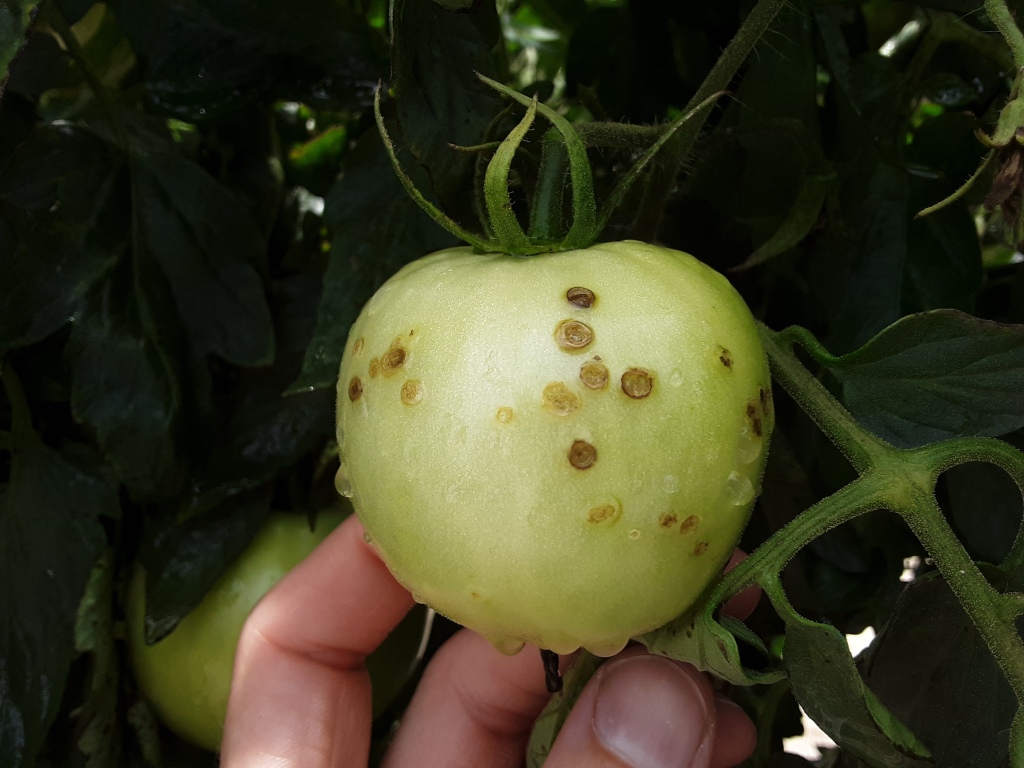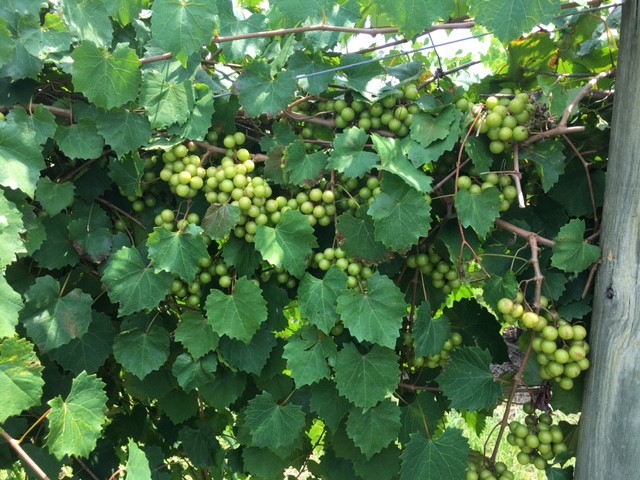Clemson Extension agents provide updates in the The South Carolina Grower this week about the status of various crops being produced throughout the state.
Statewide
The SC Specialty Crop Association is offering a new grant opportunity, the Enhancing Crop Packaging Cost Share Program. With this new cost share program, growers can receive reimbursement up to $1,800 per grower for packaging needs. All that is required in addition to the application are copies of receipts used for purchasing packaging materials. You will also be required to fill out two surveys, one initially and one 12 months after submitting the application. All information is confidential. For more information, contact LauraKate McAllister. The application can be downloaded below.packagingcostshareapplication2021Download
Coastal
Zack Snipes reports, “We are in a summer weather pattern with warm, muggy days and occasional thunderstorms. Most crops have finished up or are in the process. Now is a great time to sit down and do some crop planning and field rotation planning. I collected many soil and root tissue samples lately and had them analyzed for nematodes. I was surprised at how many nematodes were present in the fields. Nematodes can interfere with growth, cause stunting, and lower overall yields. Sometimes the symptoms of nematodes can be very discrete so sampling right now is the best way to get a baseline of your populations and how to properly manage and rotate fields. If left unchecked, thousands of dollars are wasted before the first seed is planted into a field.”

Midlands
Justin Ballew reports, “It was another fairly mild week with high humidity and some pretty decent rain. Not much has changed on the disease front. We’re still seeing plenty. Growers are still prepping fields for planting fall crops. Some fall cucurbits and brassicas have been planted already. More are on the way. As soon as brassicas go in the ground, start scouting for worms. Remember, we can perform bioassays to screen for insecticide resistance in diamondback moths populations. Reach out to your local fruit and vegetable agent when you start seeing worms to schedule one.”


Pee Dee
Bruce McLean reports, “Vegetable crops are harvesting well, with good volumes of squash, zucchini, cantaloupe, watermelon, cucumber, butterbeans, peas, tomatoes and okra. Sweet corn is beginning to wrap up. Late season blueberries are still being harvested in some volume, but will be finishing soon. Muscadines are sizing well. Vineyards that were only slightly affected by the Easter freeze are looking good and should have a good crop. Vineyards that were more significantly affected by the freeze are very short on crop this year. Grape root borer traps in muscadine vineyards are starting to catch moths in all locations. Spotted wing drosophila (SWD) trap captures (in blueberries) have dramatically increased over the past few weeks, showing that even in late season when fruit is becoming less and less plentiful, the fly is still very active and must be managed.”


Upstate
Andy Rollins reports, “I identified a major scale problem on peaches. A grower from the middle part of the state called about red spots on peaches. Earlier in the year across the whole state we had red spots on leaves. We found prunus necrotic ring spot on all of those samples last year but we are still unsure of the origin. In this case, it is something much different. This is an insect that feeds on the fruit and the tree itself. The adult stage of this insect doesn’t move but the crawlers do. After consulting with Dr. Brett Blaauw, regional entomologist for Clemson, the grower decided to go ahead and treat now. On Friday, he sprayed Movento at the label rate. There is great concern because with this high of a population, the life of the entire trees is at risk. The plan is to follow that application with chlorpyrifos and oil at low rates after the leaves drop. You have to be careful when doing this as the oil can damage the next year’s bud crop if temperatures are too hot. We will be trapping using black electrical tape wrapped around the limbs then double sided scotch tape around that. We will then look for the crawlers on the scotch tape. This ensures money isn’t wasted killing a pest that has already been controlled.”











